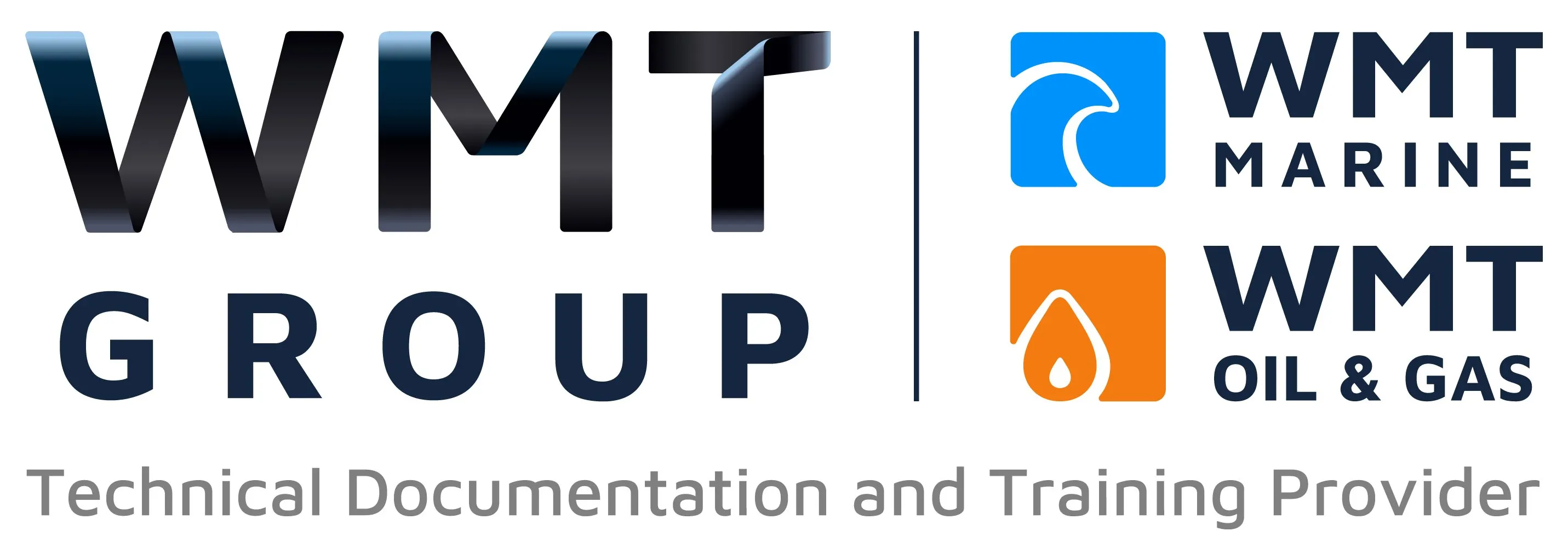Essential Guide to Writing Marine Maintenance Manuals that Meet Industry Standards

In the maritime industry, well-written maintenance manuals are not a luxury—they’re a legal and operational necessity. Whether you're maintaining a commercial vessel, offshore platform, or marine terminal, a precise and standardised manual helps ensure equipment reliability, crew safety, and compliance with international regulations.
In this blog, we provide a step-by-step guide to writing marine maintenance manuals that meet industry expectations.
Why Marine Maintenance Manuals Matter
A properly structured maintenance manual will:
✅ Ensure consistent servicing of machinery and equipment
✅ Reduce operational downtime and costly repairs
✅ Support safety inspections and regulatory audits
✅ Aid in crew training and standardised onboard practices
✅ Demonstrate compliance with IMO, ISO, and IACS requirements
What to Include in a Marine Maintenance Manual
A complete marine maintenance manual should cover:
1. Introduction & Scope
Define the purpose of the manual, the equipment it covers, and its intended users (e.g., engineers, deck officers, technicians).
2. Safety Information
Include risk assessments, hazard warnings, and personal protective equipment (PPE) requirements for all maintenance tasks.
3. Maintenance Schedules
List routine and preventive maintenance tasks (daily, weekly, monthly, annually), based on OEM recommendations and class society regulations.
4. Step-by-Step Procedures
Provide detailed instructions for inspections, servicing, adjustments, cleaning, and part replacements—ideally with illustrations.
5. Tools & Spare Parts Required
Specify the tools needed for each procedure and recommended spare parts (including part numbers and stock levels).
6. Troubleshooting Section
Offer guidance for diagnosing and fixing common issues.
7. Record-Keeping Templates
Include logs or checklists for tracking completed tasks and inspections.
Writing Best Practices for Marine Maintenance Manuals
- Use Clear, Simple Language – Avoid jargon or overly technical terms unless essential. Use plain English.
- Be Consistent – Use standardised terminology and formatting throughout.
- Use Visuals – Diagrams, exploded views, and photos can significantly improve understanding.
- Ensure Version Control – Always include a revision history and issue date.
- Consider Multilingual Crews – Manuals may need translating or simplified English for non-native speakers.
- Digital Formats – Use PDF or HTML formats that are compatible with vessel management systems.
Regulatory Compliance to Keep in Mind
Make sure your manual aligns with:
- IMO regulations (e.g. SOLAS, ISM Code)
- ISO standards (especially ISO 9001 for quality management)
- IACS class society requirements
- Flag State guidance
Common Mistakes to Avoid
❌ Copying directly from manufacturer manuals without adaptation
❌ Failing to update after equipment changes
❌ Overly complex or vague instructions
❌ Omitting critical safety information
Conclusion
Writing an effective marine maintenance manual takes more than just documenting steps—it requires understanding the vessel, the crew, and the regulations that govern both. With a structured approach and attention to clarity, safety, and compliance, your manual can be a powerful tool for ensuring operational excellence.
Need help writing or reviewing your marine manuals?
WMT Marine Ltd specialises in producing high-quality, regulation-compliant technical documentation for marine and offshore industries.
📞 Contact us today on +44 (0) 1244 287 850 or visit www.wmtmarine.com to learn more.
